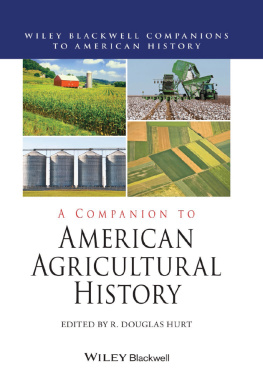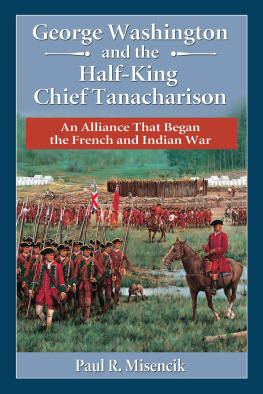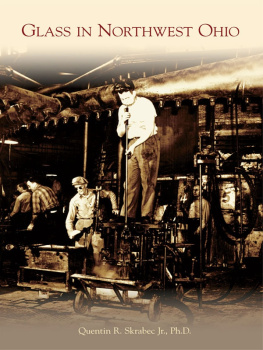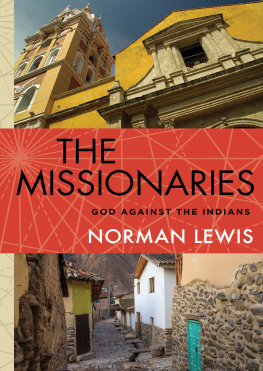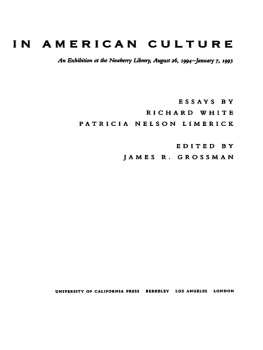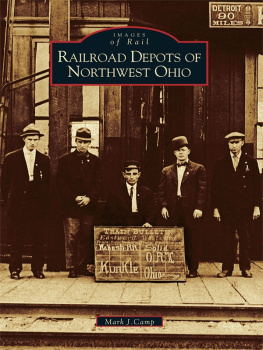This book is a publication of
Indiana University Press
601 North Morton Street
Bloomington, IN 474043797 USA
http://www.indiana.edu/~iupress
Telephone orders 800-842-6796
Fax orders 812-855-7931
Orders by e-mail iuporder@indiana.edu
First paperback edition 1998
1996 by R. Douglas Hurt
All rights reserved
No part of this book may be reproduced or utilized in any form or by any means, electronic or mechanical, including photocopying and recording, or by any information storage and retrieval system, without permission in writing from the publisher. The Association of American University Presses Resolution on Permissions constitutes the only exception to this prohibition.
The paper used in this publication meets the minimum requirements of American National Standard for Information SciencesPermanence of Paper for Printed Library Materials, ANSI Z39.48-1984.
Manufactured in the United States of America
Library of Congress Cataloging-in-Publication Data
Hurt, R. Douglas.
The Ohio Frontier: crucible of the Old Northwest, 17201830 / R.
Douglas Hurt.
p. cm. (A history of the Trans-Appalachian frontier)
Includes bibliographical references and index.
ISBN 978-0-253-33210-3 (alk. paper). 978-0-253-21212-2 (pbk.: alk. paper)
1. OhioHistoryTo 1787. 2. OhioHistory17871865.
3. Frontier and pioneer lifeOhio. I. Series.
F495.H87 1996
5 6 7 8 09 08
For most Americans, the phrase the American West conjures up the western half of the nation. From the Great Plains across the Rockies and the Intermontane Plateaus to the Pacific Ocean came a flood of popular images, from trappers, cowboys, miners, and homesteading families to the Marlboro Man and country-western music. This has been the West since the California Gold Rush and the migration of 49ers propelled this region into the national consciousness.
But it was not always so. There was an earlier American West, no less vivid and dramatic. Here the fabled figures were not John Charles Fremont but Daniel Boone, not Geronimo but Tecumseh, not Calamity Jane but Rachel Jackson, not Buffalo Bill Cody but Davy Crockett. This earlier West ran, geographically, from the crest of the Appalachian Mountains to the Mississippi River, from the border with Canada to the Gulf of Mexico. It was the West of Euro-American expansion from before the American Revolution until the middle of the nineteenth century, when the line of frontier settlement moved through it toward that next, farther West.
In its initial terms, the story of the First American West involved two basic sets of characters: first, the white people of European origin (and south of the Ohio River, many African American slaves), who spread relentlessly westward; second, the original settlers, the Native Americans, who retreated grudgingly before this flood. These first Europeans, French and Spanish, appeared on this landscape in the 1600s and early 1700s, where their interactions with the original native peoples involved both cooperation and conflict. The English arrived a half-century later. In numbers, the Europeans were almost always a minority, and so both sides sought not conquest or annihilation but mutual accommodation, a joint occupation of the land and joint use of its resources, a system of contact allowing both sides to survive and even to benefit from one anothers presence. Trade developed and intermarriage followed; so did misunderstandings and violence. But a delicate balance, supported by mutual interests, often characterized relations among Europeans and native peoples.
When Anglo-Americans began moving through the Cumberland Gap from Virginia into what hunters called the Kentucky country in the 1750s, they soon tilted the balance between the two cultures, occupying large portions of Kentucky and pressing against native groups from Ohio south to Georgia. By 1780, the Anglo-Americans had also occupied the former French settlements of Cahokia in Illinois and Vincennes in Indiana. Despite strong resistance by several native groups, the seemingly unending reinforcements of white families made their gradual occupation of the trans-Appalachian frontier inevitable.
In the 1780s the infant American government issued ordinances spelling out how the land between the Great Lakes and the Ohio River was to be acquired, subdivided, and sold to the citizens of the new republic, and how a form of government organization would lead to statehood and equal membership in the Union. A parallel process was soon set up for Kentucky, Tennessee, and the lands south to the Gulf.
In the 1830s and 1840s, the remaining native groups east of the Mississippi were removed to the West. The expansion of settlement into the trans-Appalachian frontier now continued unchecked into Illinois, Wisconsin, Michigan, and the great cotton lands and hill country of Alabama, Mississippi, and Florida. The frontier period had been completedas early as the 1820s in Kentucky, and within the next twenty years over much of the Old Northwest and in the Old Southwest.
In brief terms, this is the story of the trans-Appalachian frontier. Over scarcely three generations, the trickle of settler families across the mountains had become more than four million, both white and black. Beginning with Kentucky in 1792 and running through Florida in 1845 and Wisconsin in 1848, a dozen new states had entered the American Union. Each territory/state had its own story, and it is appropriate that each should have a separate volume in this series. The variations are large. Floridas first European arrived in 1513, and this future state had both Spanish and American frontier experiences over 350 years. Missouri had a long French and Spanish history before the arrival of American settlers. Kentucky and Ohio did not, and Americans in large numbers came there quickly through the Cumberland Gap.
The opening and closing of the settlement frontier is the subject of each of these volumes. Each begins with the world that existed when Europeans made contact with native peoples. Each describes and analyzes the themes associated with the special circumstances of the individual territories/states. And each concludes with the closing of the frontier.
The editors have selected these authors because of their reputations as scholars and interpreters of their individual territories/ states. We believe that you will find this history informative and lively, and we are confident that you will enjoy this and other volumes in the Trans-Appalachian Frontier series.
R. Douglas Hurts book on the frontier period in Ohios history begins early in the eighteenth century and continues to about 1830, when Ohio had become a nearly settled state and was starting to ship many of its young people to territories farther west. In truth his story begins in the late 1500s with conflict between the Iroquois Confederation and the Erie Indians. Shawnees, Wyandots, and other Native American groups complicated the picture, and the arrival of the French in the mid-1600s produced an extremely complex mix of accommodation, conflict, warfare, and mutual economic advantage. Still more playersthe British by 1750 and the newly independent Americans after 1775muddied matters even further. Hurt introduces us to the great Indian diplomat Pontiac, who led a nearly successful defense against British aggression in 1764; to the Indian killer Jeffrey Amherst; to Daniel Boone and the American soldiers George Rogers Clark and Mad Anthony Wayne; to dozens of speculators and settlers who swooped down upon Ohio from the 1780s on, people such as Ebenezer Zane of Zanes Trace and Zanesville; to Shakers and Quakers; to Tecumsehs resistance of 1811; and finally to fugitive African American slaves and immigrant canal-builders.



